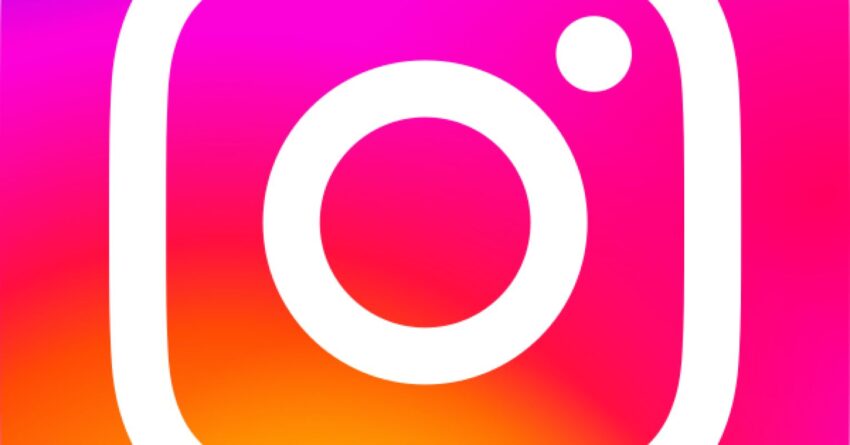Researchers have concluded that social media can play a major role in anxiety, depression, and suicidal thoughts. TikTok and Instagram are particularly popular among adolescents and are thought to pose risks to them.1,2
The evidence of harm is largely correlational; for example, finding that more time spent on social media corresponds to greater psychological problems. Such correlations do not establish a causal connection between social media and psychological problems. However, experiments in which teens were randomly assigned to use social media or do something else supported a causal relationship.1
When adolescents join these platforms, their psychological problems tend to increase, and when they take a holiday from social media, their mental well-being generally improves. The more time they devote to social media, the more anxious and lonely they are. Researchers suggest that children under 14 should not have accounts at all.
Why Teens Love These Platforms
One reason that teens love these platforms is that most of their friends use them. Why? Evidently, the content hits them where they live. Many Instagram posts are heavily focused on personal appearance, whether the selfies of an influencer who has done a lot of work on their hair and makeup, the self-portrait of someone in a skimpy body stocking, or a bodybuilder posing. TikTok specializes in cheeky videos of misbehavior by humans and their pets that appeal to the young.
Another reason that teens spend so much time on the platforms is that they can be “addictive”: The more they get, it seems, the more they want. This is partly because the content is congenial and partly because the algorithms behind the apps are good at serving up content that keeps a user engaged. Platforms encourage compulsive use by design. Posting on social media is one way adolescents connect with people they know in the real world. That is another reason the sites are so “sticky.”
As to why teens hate the platforms, it’s the mirror image of why they love them.
Why Teens Hate Them
Heavy use of social media by teens is associated with increased anxiety and depression. There is also a time-use aspect: The more time they spend online, the less time is left for real-world interactions with peers. Consequently, the more time that teens spend on social media, the lonelier they become, as highlighted by the U.S. Surgeon General’s Report on loneliness.
The analogy with drug addiction is helpful: An addict does not love the drug they depend on. They hate it but they have to have it because their addiction has taken over their lives.
As to why these platforms may increase anxiety, one reason is that posts are evaluated by measures of popularity, whether it is views, re-posts, or “likes.” Then, there are responses that may split between being fawning or being belittling. At a time in their lives when they are deeply sensitive to how they are perceived by peers, adolescents run the gauntlet every time they contribute to a platform. Researchers find that young women are most affected by how they are perceived by others online, and this concern is heightened over issues of personal appearance. Both genders often confront hate speech and online bullying that can contribute to suicidal thinking. In earlier times, bullying was restricted in time and place whereas online bullying goes on all the time and is visible to everyone, creating a sense that it is out of control.
While many teens know that they would be much happier in a world without TikTok and Instagram, they persist so they can stay in touch with their peers, especially those in their friend group. This dilemma raises a classic public action problem.
The Public Action Problem
Evidently, many teens would like to be relieved of the anxiety associated with social media use. Yet, they cannot opt out because their close friends are active on platforms like TikTok and Instagram. If adolescents were to opt out en masse, they would all be much happier. They know that but remain engaged because this is a primary mechanism for interacting with peers.
Social media are widely recognized as a potential public health problem, implicated in anxiety, depression, and loneliness. How do we resolve this problem?
While some platforms are subject to laws designed to protect young people—as well as for purported national security reasons in the case of TikTok—moves to ban these platforms are highly unpopular, if only because they are so widely used and are perceived as essential infrastructure that supports millions of small businesses. Most adult users are ambivalent about social media, just as teens are. That ambivalence offers a protective shield to companies that make huge profits while doing great public harm. Profits are therefore taking precedence over concerns about anxiety, depression, and, in some cases, suicidal ideation among teens.
